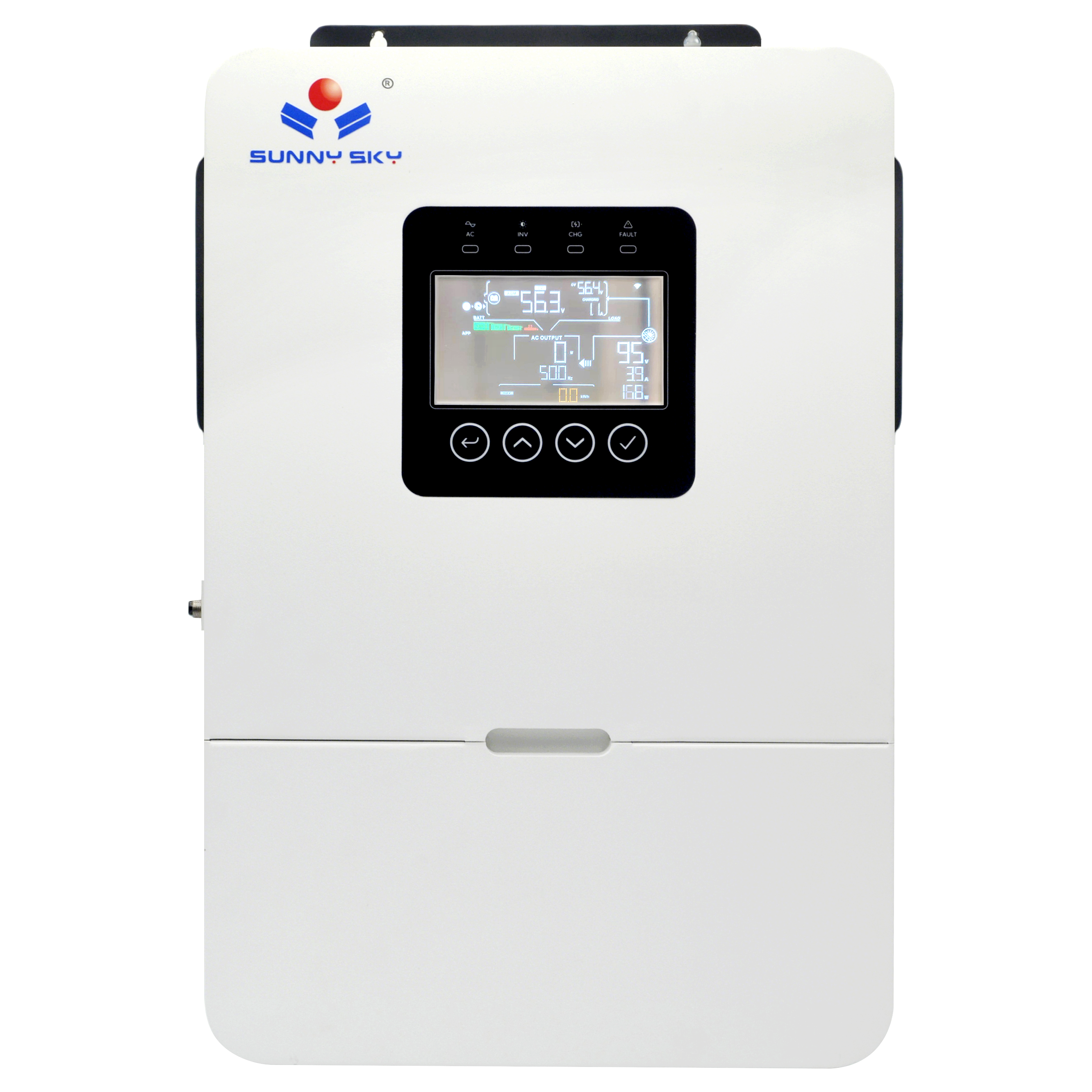Introduction to MPPT Solar Charge Controller
In the realm of renewable energy solutions, the MPPT solar charge controller stands out as a pivotal technology for optimizing solar energy conversion. This device intelligently manages the flow of energy from photovoltaic systems to batteries, ensuring maximum power point tracking to extract the most from solar panels. By employing advanced algorithms, it adjusts to varying sunlight conditions, making it essential for efficient solar battery charging in both residential and commercial setups. Our discussion will delve into how this technology compares to traditional options and its role in sustainable energy practices.

Exploring Solar Charge Controller Types
Solar charge controller types vary significantly, with MPPT controllers offering superior performance compared to PWM controllers. MPPT, or maximum power point tracking, technology dynamically adjusts the electrical operating point of the solar array to deliver optimal energy, whereas PWM controllers simply switch on and off, leading to energy losses. Renewable energy solutions benefit from MPPT's ability to handle photovoltaic systems more effectively, especially in low-light or variable weather conditions. Off-grid solar systems, in particular, rely on these controllers for reliable battery management systems that prevent overcharging and extend battery life. Understanding these differences helps users select the right controller for their energy needs, ensuring long-term efficiency and cost savings.
The Mechanics of Solar Energy Conversion and Battery Charging
Solar energy conversion is greatly enhanced through the use of MPPT solar charge controllers, which boast up to 99% efficiency in transforming DC power from panels to usable energy for batteries. This process involves real-time monitoring of voltage and current, allowing for precise solar battery charging that adapts to the battery's state. In contrast to PWM controllers, MPPT systems minimize losses by continuously tracking the maximum power point, making them ideal for photovoltaic systems in diverse environments. Battery management systems integrated into these controllers provide safeguards against overvoltage, overheating, and short circuits, promoting safer and more durable energy storage solutions. As renewable energy solutions evolve, the adaptability of MPPT technology ensures it remains a cornerstone for efficient power management.
Comparing MPPT vs PWM Controllers in Off-Grid Applications
When evaluating MPPT vs PWM controllers, the advantages of MPPT become evident in off-grid solar systems, where consistent and maximized energy output is crucial. MPPT controllers excel in scenarios with high-voltage panels, converting excess voltage into additional current for better overall efficiency in solar energy conversion. Photovoltaic systems paired with MPPT can achieve up to 30% more power compared to PWM setups, making them a preferred choice for remote or autonomous power needs. Additionally, battery management systems in MPPT controllers offer features like temperature compensation and multiple charging stages, which enhance battery longevity and performance. As renewable energy solutions continue to grow, integrating MPPT technology not only improves energy yields but also supports scalable designs for future expansions, solidifying its role in modern sustainable practices.
Advancements in Photovoltaic Systems and System Integration
Photovoltaic systems have seen significant advancements through the integration of MPPT solar charge controllers, which support parallel connections for larger setups without compromising efficiency. This scalability is particularly beneficial for expanding off-grid solar systems, allowing users to add more panels as energy demands increase. Battery management systems within these controllers ensure optimal charging profiles, adapting to different battery types and environmental conditions for enhanced reliability. Renewable energy solutions like these promote a shift towards greener technologies, with MPPT enabling higher energy yields from the same solar array footprint. By focusing on innovation, such as user-friendly displays for real-time monitoring, these controllers make solar energy conversion more accessible and effective, paving the way for widespread adoption in both small-scale and industrial applications.


